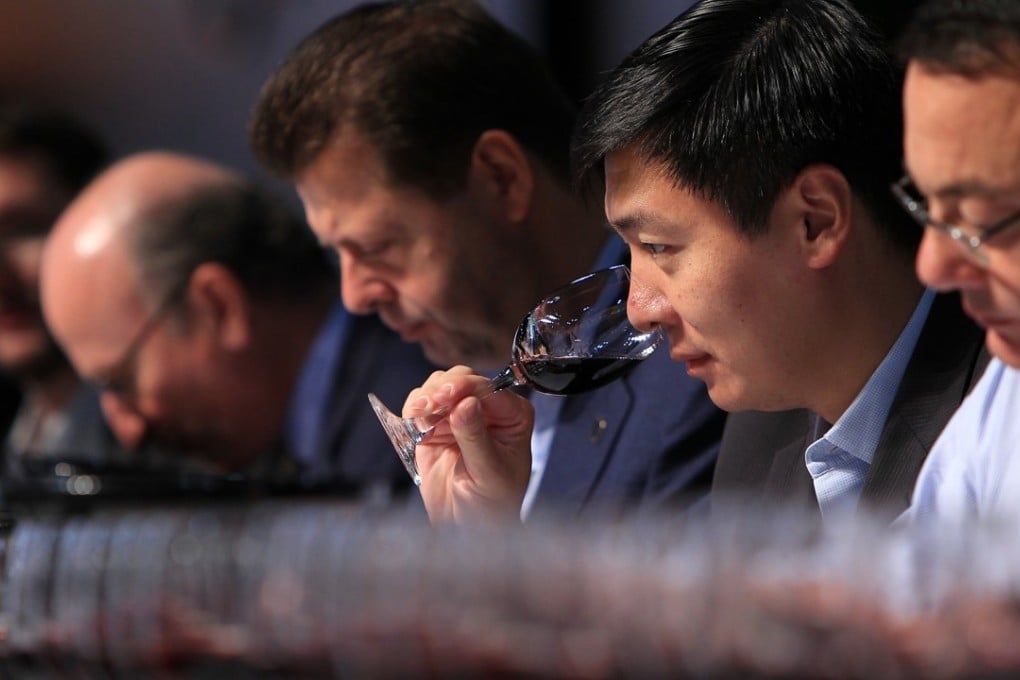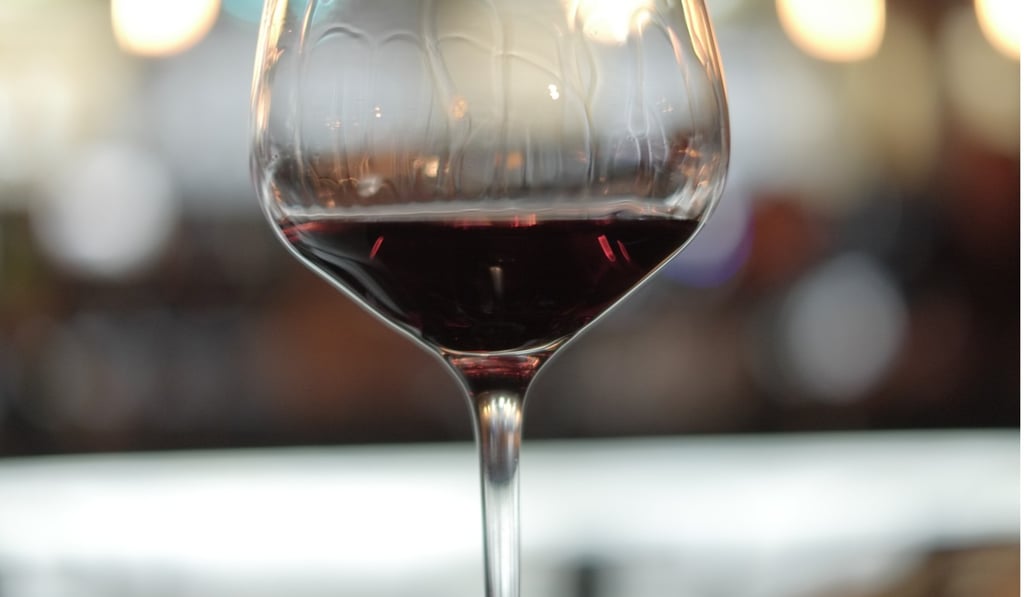The Corkscrew | How to pick a winning wine, every time: four simple rules the experts follow, and you should too
Whether a winemaker, grape grower, sommelier or wine dealer, all industry aficionados observe the same standards when deciding where to award the medals

It takes a great deal of work to make a bottle of wine. Those involved include not just the winemaker and vigneron (who cultivates the grapes), but also the workers in the fields and cellar.
When a wine is entered into a competition, judges are aware of the work that has gone into it. Judging panels usually include masters of wine, winemakers, dealers (who are excluded from judging the wines they sell), wine writers and sommeliers (like me). A wine is scored on several factors: its appearance in the glass, aromatic appeal, taste and finish.
Appearance (usually judged out of 10 points) First impressions count. What a judge looks at is the colour; its intensity and how that changes from core (the middle of the glass) to rim. For example, a young, new world shiraz will be dense, almost opaque purple in hue, becoming paler purple at the rim, while an aged Rhône syrah (another name for the shiraz grape) will have a more mellow brick or tawny ruby colour that you can see through, with a tea-like hue at rim edge.
Aromatics (30 points) This is where we get to sniff and swirl. First sniff is to decide if there are any faults such as cork taint (smells like wet dog), Brettanomyces (manure), oxidisation (like boiled wine) or volatile acidity (vinegar).
If all is good, it’s on to the next sniff, where we are interested in intensity. How do the aromas in the glass grab your attention? (High marks are given when you notice the aroma before your nose even reaches the glass, medium is nose slightly inside the glass and so on.) This is where a judge mentally goes through a checklist of all aspects of fruit – tree, citrus, berry – then components of herbs and spices, before moving on to vegetal and, if any, floral aromas.


